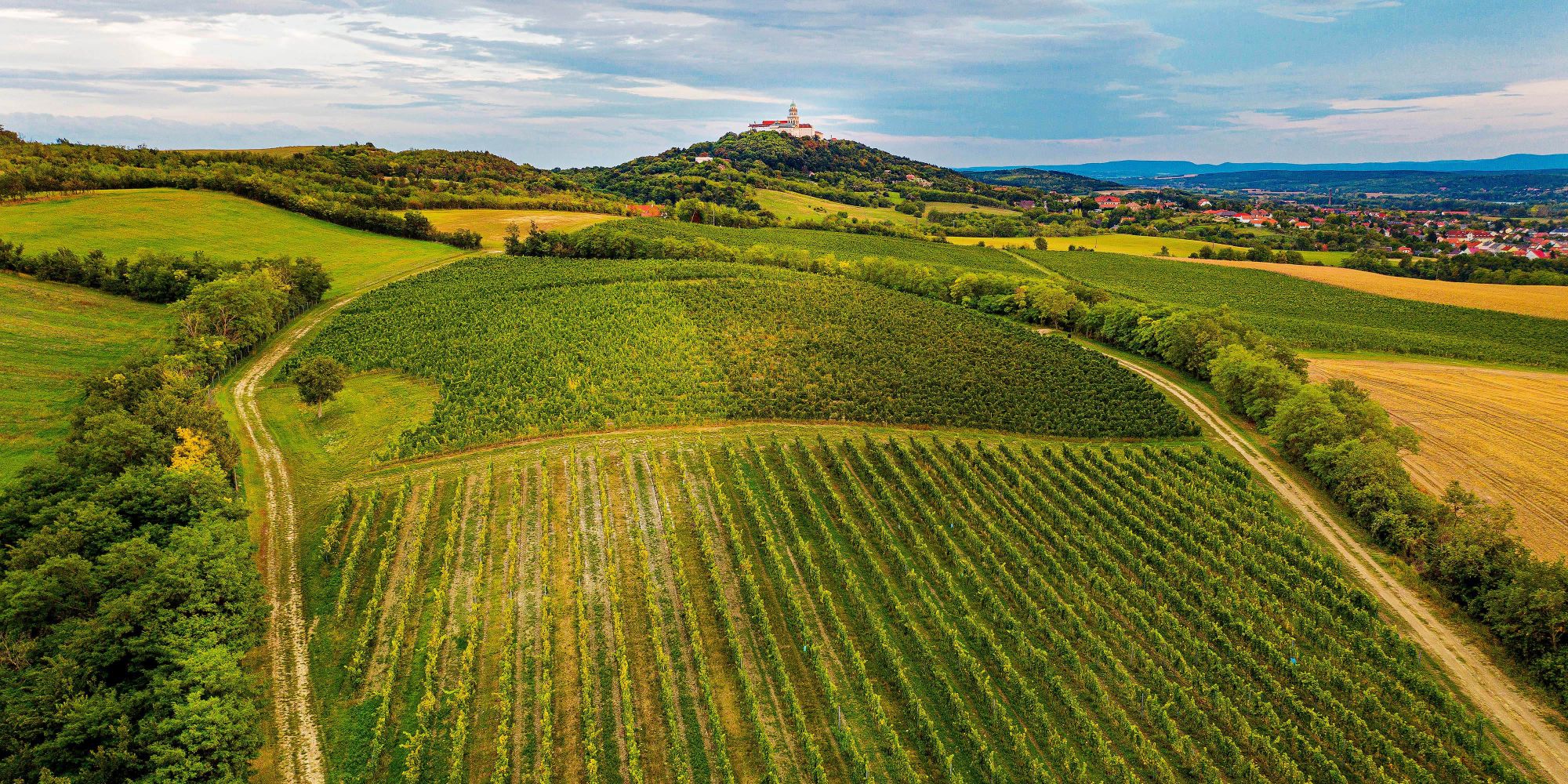New products
Showing all 6 results
Showing all 6 results

Our oldest winedistrict has been watched over and exploited for centuries, The Romans also cultivated vines in the region, but after the conquest in 996, the first Benedictines who settled on St Martin’s Hill (Szent Márton hegy) gave a real boost to viticulture. It has been recognised as an independent wine district since 1990. The Pannonhalma wine district is located in the north-western part of Transdanubia, north of the Bakony Range, at the edge of the Kisalföld. The Pannonhalma, Csanak and Szemere Hills form the core of the region, with its highest peak reaching just 317 metres. It is lamentable that only a fraction of this cultivable area, about 625 hectares, is currently under vine. The bedrock of the Sokoróalja Hills is composed of Upper Miocene (Pannonian-Pontic Era) lake sand and clay as well as Quaternary gravel and sand. Loess and brown soil settled over this. Brown forest soils and thin, loamy-loess soils of medium consistency formed over the sand and loess, with mosaic-like patches of sand. The region’s weather is temperate, with a moderate continental climate. Compared with the national average, it boasts moderate sunlight, heat and good levels of precipitation; it is relatively windy. The wine district is characterised by wines typical to cool climates, which are aromatic but also rich in flavour. It is important to note that Pannonhalma is not only the cradle of “ethereal”, light, summer wines, but, due to its soils, also characterful, full-bodied wines with pronounced acidity. In the 1980s and 1990s, Pannonhalma also produced more full-bodied, oxidative wines, such as the Pannonhalma Riesling bottled by the farmers’ cooperative, which can now only be found in wine museums. This was, incidentally, the region’s most famous 20th-century wine brand. A quiet sensation was caused in 2002, when the Pannonhalma Abbey and the Hungarian Foreign Trade Bank signed an agreement which resulted in the revival of Pannonhalma’s ancient monastic wine production tradition. Their first wine, from the 2003 vintage, was released with the name Tricollis. Pinot Noir is the one black grape that is able to show its full worth here. In good vintages, low-yield Chardonnay and Pinot Noir produce lovely wines with great balance and complexity. Varieties, such as Riesling (Rajnai Rizling), Traminer and Pinot Blanc, which yield outstanding wines in Alsace, also produce lovely wines here on the slopes of the Pannonhalma Hill.